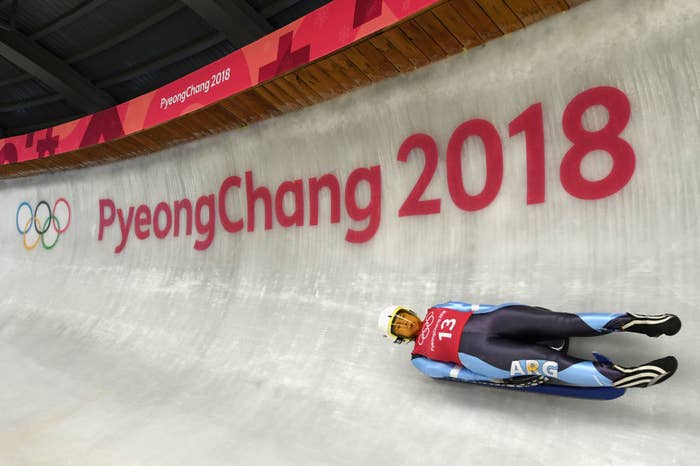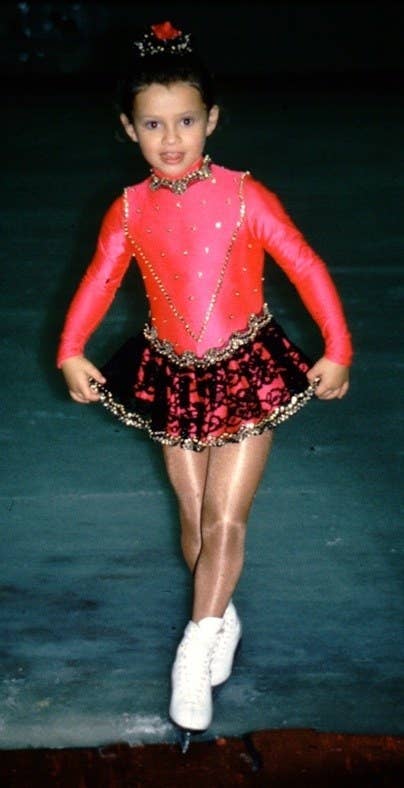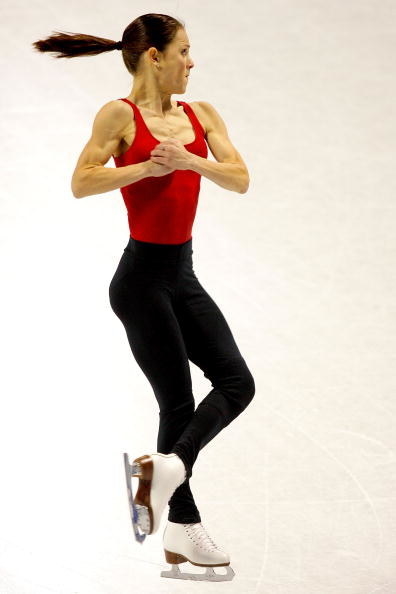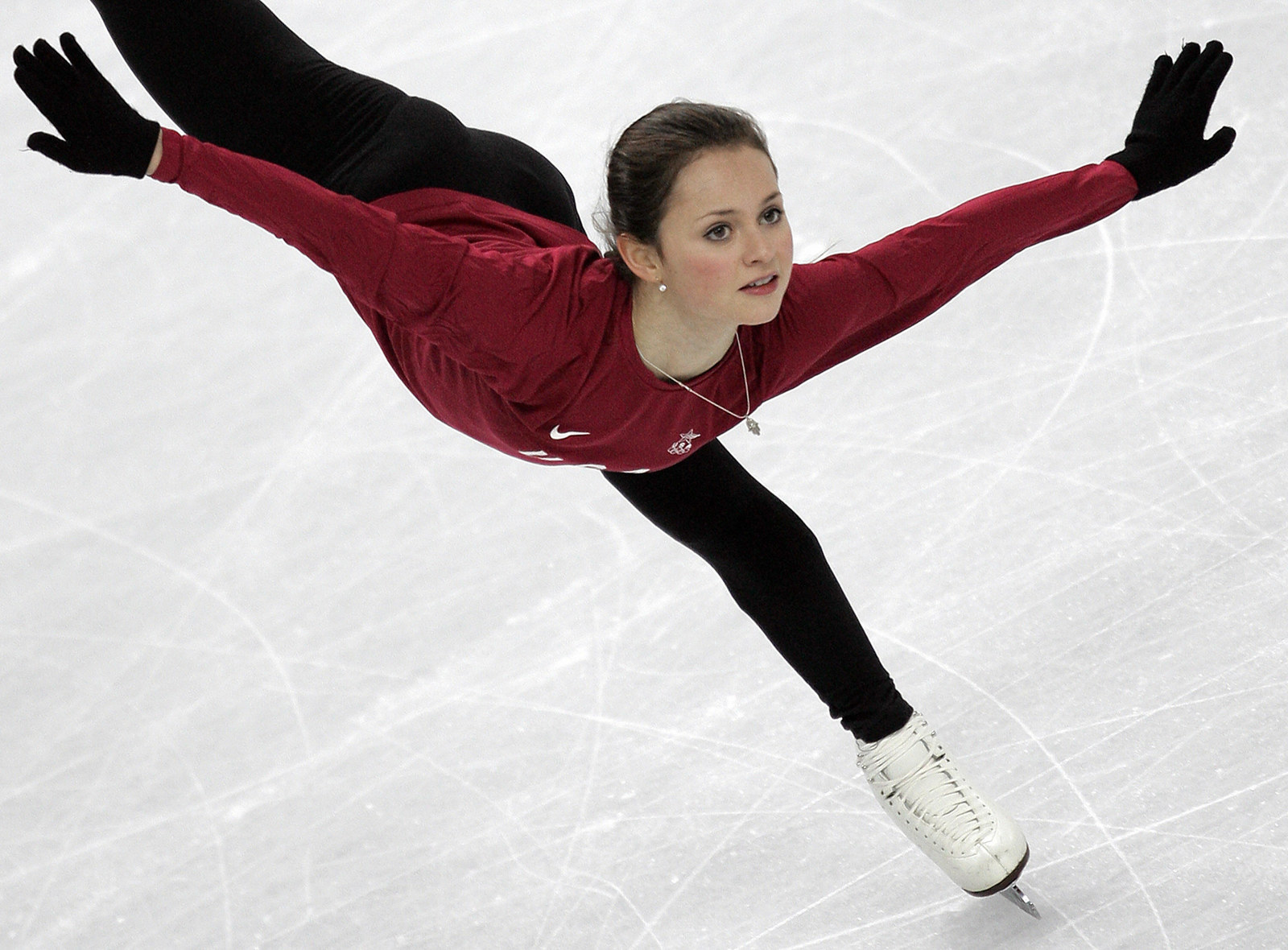
It’s early February, which means the 23rd Winter Games, the 2018 Olympics in Pyeongchang, are here. The US Olympic Team has been named in its entirety. Each spot has been painstakingly earned and paid for by a life of sweat, tears, and blood — usually in that order by quantity. We’re all excited to watch. The sponsors have paid insane amounts to attach their brands to the Olympic Rings, South Korea has been preparing since they won the bid to host in 2011, and the athletes have been preparing, dreaming, thinking, and strategizing about 2018 for nearly their entire lives.
Here’s a little backstory on what they’ve been up to until now. Maybe they watched their first Olympics at the age of four in 1998. Perhaps that was when the dream started and the fire was lit. They told their parents they wanted to be just like Jonny Moseley, and could they please go skiing tomorrow??

Little did they know what the next two decades would bring. After years of willing their bodies to comply with inhuman training schedules and honing their minds to believe that what they set out to do was indeed possible, no matter how statistically improbable, they finally have their eureka moment. They will be dressed by Ralph Lauren, fully outfitted, and get enough gear to fill five suitcases. Every media outlet will be angling for a few minutes of their highly protected time, trying to get their hopes and fears in print for America to live through vicariously.
But the athletes are dimly aware of all this surface noise. Deep within is a loud and constant rumble, reminding them that the doors of possibility — like the wardrobe leading to Narnia or Platform 9 3/4 revealing the train to Hogwarts — will briefly reveal a magical realm to them. They know this moment won’t come again and that what they do with their bodies and minds in Pyeongchang this month will be the stuff they tell their grandkids about. Just a little pressure, right?

At least the Super Bowl is every year. Olympians get a shot once every four years and cross their fingers that the timing is right. This precious chance, perhaps the only one, is not to be wasted. Few Olympians get the chance to compete in a second games. Plus, a lot can happen in four years between Olympics cycles — bodies change, injuries dash dreams, peak form becomes a memory, and burnout is real. If they are lucky enough for the stars to align a second time, they come with the the crushing weight of all the thoughts that have consumed them since the last Olympics in Sochi. On the night when it all counts, will they be mentally prepared to seize this opportunity and resilient to the distractions that inevitably arise? Or perhaps they didn’t qualify in 2014, and this has been top of mind since they last competed in the 2010 Vancouver Games.

The athletes you will watch from the comfort of your homes and flat-screens this month are not like the professional athletes and teams you watch every season, with access to the best training facilities, therapists, and big salaries. They aren’t on TV or in the news dozens of times throughout the year. Unless you’re a big Olympics fan, you might not even recognize the names of the athletes, aside from a few like Shaun White, Lindsay Vonn, or Mikaela Schiffrin.

Most of them have dedicated their lives to the dream of representing their country one day in the Olympics. If we ever do hear their name or watch them compete, those 30 seconds (or 7 total minutes, if you’re a figure skater) will be the biggest moment of their life. The moment for which they sacrificed a normal childhood, a traditional education, junk food, and time with friends and family. Many athletes move away from their families at a young age to train with the best coaches in their sport. Over the years, they have sat and waited in agony when an injury sidelined them. They wondered if, this time, the injury would destroy their Olympic hopes and everything they had ever worked for.

These Olympic hopefuls have been at this for the last 10, 15, or even 20 years, from the tender age of four or five years old. As a rule, the public doesn’t know them, Nike and Adidas aren’t sponsoring them, and the brunt of living and training expenses falls upon them and their families. And they know that after Feb. 25 the world will move on.
What's next? Some will buckle down and recommit themselves to their sport in the hopes that their mind, talent, and body will give them a good shot at competing in 2022. Others will hang up their skates or skis and try to find a new path after a lifetime of training as an elite athlete. School? Coaching? Start a business? Many aren’t sure because it’s the first time they have ever asked themselves those questions. But let’s leave that for March. It’s the last thing on a future Olympian’s mind right now.
The next few weeks are the critical last moments of preparation, more mental than physical at this point. After all, these athletes have spent a lifetime getting their bodies into peak form. We will watch these athletes march into opening ceremonies, carrying the flags of their nations, and feeling an immense honor and pride they have never felt, not even at a world championship.

There is a unique beauty in being an Olympian — in joining the best athletes representing almost every nation and sport. A tradition that dates back to ancient Greek times, the Olympics were created with the purpose of demonstrating the incredible possibilities of the human form and for nations around the world to come together in peace, regardless of what political conflict pervaded the day. It continues to be the most pure forum and global symbol of excellence and competition. With that in mind, let’s honor, celebrate, and cheer for the exceptional human beings who we call Team USA.

More Pyeongchang Winter Olympics content here!



